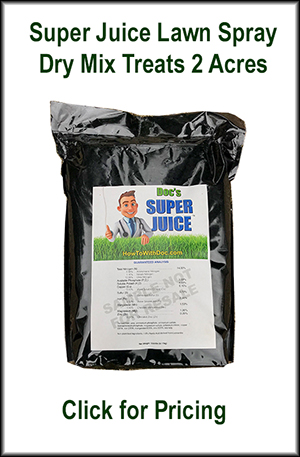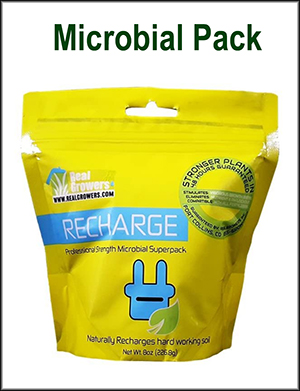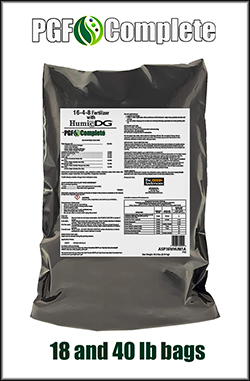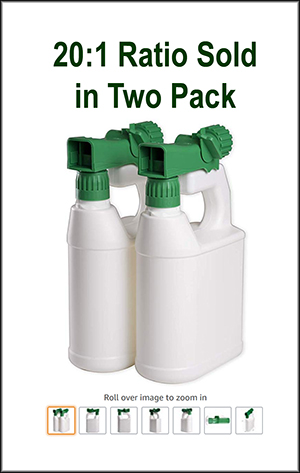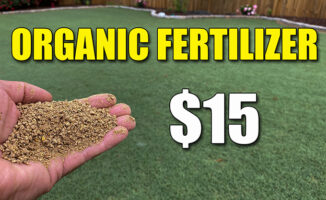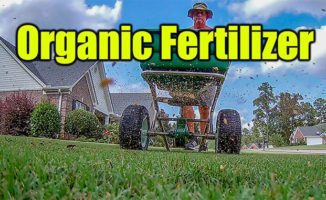Cheap Organic Lawn Fertilizer
Organic lawn fertilizer is a little tricky to understand but Doc explains it. Doc shows you the cheap organic material that he tested last fall and is currently using. Remember, you still need a PRIMARY fertilizer to get your lawn going in the spring, but adding this lawn supplement will boost your soil health.
Organic Fertilizer Video
Lawn Products
Cheap Organic Material
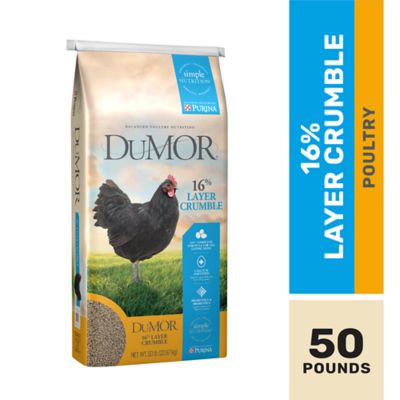
DuMOR 16% Layer Crumble, 50 lb., 3006316-306
DuMOR 16% Layer Crumble, 50 lb., 3006316-306 [More]
SUPER JUICE Spray Mix
MICROBIAL PACK for garden soils.
PGF Complete lawn fertilizer
Sold in 18 and 40 lb bags. Great for all lawns warm and cool season.
PGF Complete is the PERFECT fertilizer for established spring lawns, new lawns, and new turf.
Free Bermuda Lawn Guide.
Click the book to see the free Bermuda lawn guide.
New Spray Bottles for Super Juice
New Lawn Spreader
Last Year’s Top Pick
Microbes… a Must Have
There are more microbes in a teaspoon of HEALTHY soil than there are people on the earth.
Decomposition of organic material depends on maintaining microbial activity. Any factor which slows or halts microbial growth also impedes the composting / decomposition process. Efficient decomposition occurs if aeration, moisture, particle size, and a sufficient source of carbon and nitrogen are in evidence. Full Read
Organic Material Is…
Organic substances
– always contain carbon and hydrogen
– include proteins, carbohydrates, lipids (fatty acids)
– make up the bodies of living things
Inorganic substances
– do not contain a combination of carbon and hydrogen
– include CO2, H2O, NH3
– can be integrated by living things becoming organic
Decomposition of Organic Material
Decomposition of organic matter is largely a biological process that occurs naturally. Its speed is determined by three major factors: soil organisms, the physical environment and the quality of the organic matter.
In the decomposition process, different products are released: carbon dioxide (CO2), energy, water, plant nutrients and organic carbon compounds.
Successive decomposition of dead material and modified organic matter results in the formation of a more complex organic matter called humus. This process is called humification.
Humus affects soil properties. As it slowly decomposes, it colors the soil darker; increases soil aggregation and aggregate stability; increases the CEC (the ability to attract and retain nutrients); and contributes N, P and other nutrients.
Soil organisms, including micro-organisms, use soil organic matter as food. As they break down the organic matter, any excess nutrients (N, P and S) are released into the soil in forms that plants can use. This release process is called mineralization.
The waste products produced by micro-organisms are also soil organic matter. This waste material is less decomposable than the original plant and animal material, but it can be used by a large number of organisms.
By breaking down carbon structures and rebuilding new ones or storing the C into their own biomass, soil biota plays the most important role in nutrient cycling processes and, thus, in the ability of a soil to provide the crop with sufficient nutrients to harvest a healthy product.
The organic matter content, especially the more stable humus, increases the capacity to store water and store (sequester) C from the atmosphere. FULL READ HERE


